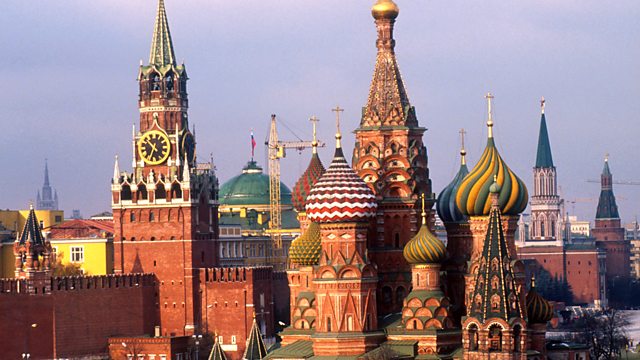Merridale, Catherine. Red Fortress: History and Illusion in the Kremlin, Henry Holt and Company, New York, 2013 (506pp. $35)
Once the Slavic Rus tribe emerged as a force in Europe’s northeastern forest, they build a citadel for their warlord, one that would protect the tribe from assault by other princes, especially the one who ruled the city of Tver, a headman who was much stronger than the Russian prince, and richer too. More than 800 years later, the Kremlin is one of the most famous structures in the world, a fortress stronghold that symbolizes historical reality and provides its Russian leaders with the mythic illusion of continuity. It is an apparently timeless object, undemocratic in appearance, which the marquis de Custine in a visit during the 1830s described as a “prop of tyrants” and a “habitation that would suit some of the personages of the Apocalypse”. Instead of continuity, however, the story of the Kremlin is a tale of fire, war and transfiguration.
Catherine Merridale, Professor of History at Queen Mary College in London, author of the critically acclaimed “Ivan’s War: Life and Death in the Red Army 1939-1945”, has written an approachable, detailed and vivid history of Russia seen from the perspective of the Kremlin and its inhabitants, builders, architects, politicians, warlords, murderers, revolutionaries, and petty tyrants. Trailing tears, blood and religious fervor, her story begins in the tumult of the Middle Ages, when the Kremlin stood as a bastion against the Mongol invasions, and continues through the Time of Troubles, Russia’s Civil War and battle for succession (a war that ultimately brought the Romanov family to power), on through Catherine the Great and her grandson Peter, and ultimately to the psychotic addiction to power evinced by tyrants like Nicholas I and Stalin. One is loathe to, but must, add Vladimir Putin to the list.
Red Fortress bristles with brilliant pointillist detail, nowhere more than in the chapters devoted to High Tsarist culture and its destruction in the 1920s. The German socialist Walter Benjamin was swept up and delighted by the Moscow of 1927, as brimming with optimism (at -25 below zero) as a Neopolitian summer. The only things that made him nervous were the countless shrines and golden domes that reminded him of “an architectural secret police”. The inner rooms, he observed, were probably “fit to plan a pogrom.” Red Fortress belongs to the new historiography made possible by the fall of the Soviet Union and the opening of its libraries, archives and secret files, and brings into focus the cultural and political evolution of a society, melding as it does cultural criticism with political insight. The book is complimented by two lavish sets of four-color photographs, excellent maps, and a core bibliography that is very helpful.


